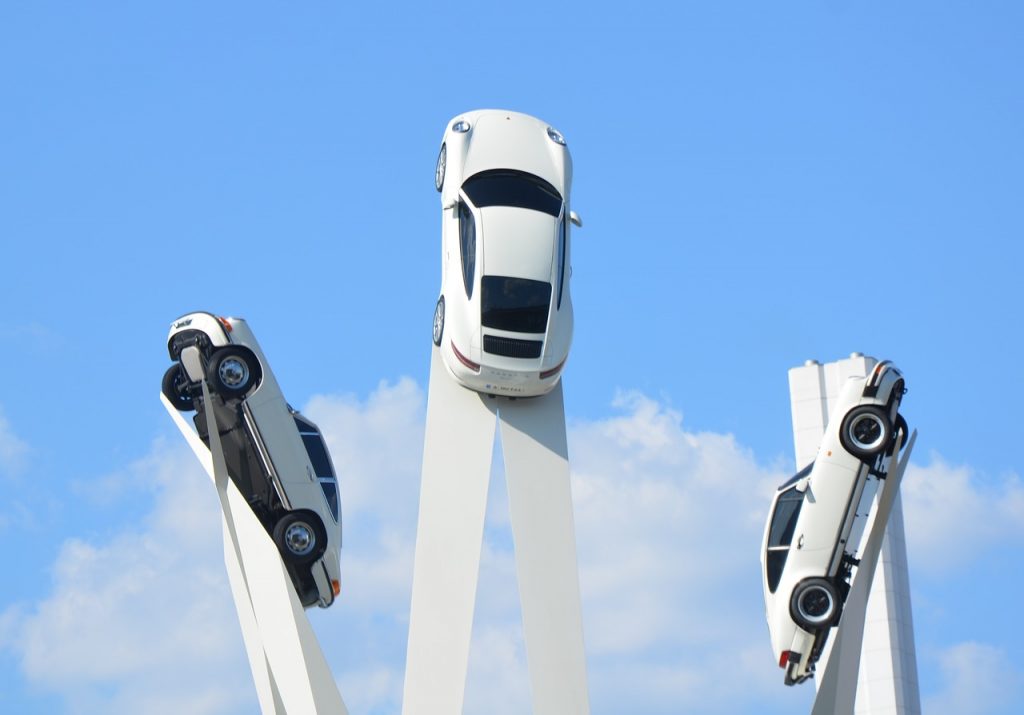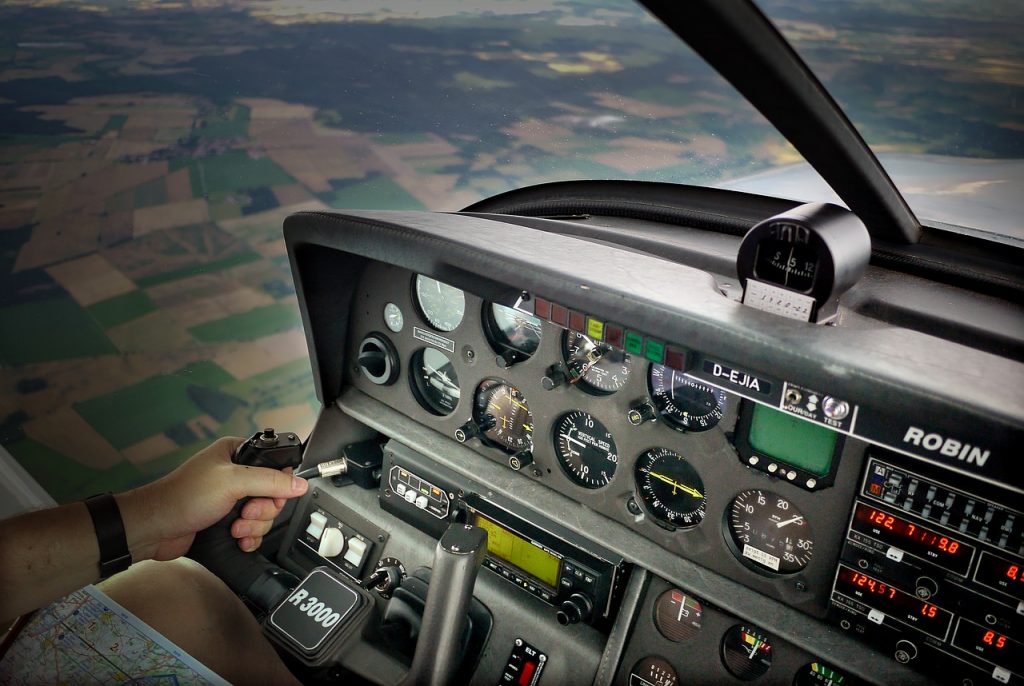The Flying Car Is Now Real And Certified, See It In Action
See a real and certified flying car in action.
This article is more than 2 years old

Developers claim that an automobile that can change into a small plane passed flight testing in Slovakia with flying colors. According to Klein Vision, the firm behind the flying car, the “AirCar” received an official Certificate of Airworthiness from the Slovak Transport Authority after going through 70 hours of rigorous flight testing. The business said in a news release on Monday that the test flights, which were comprised of more than 200 takeoffs and landings, were compliant with European Aviation Safety Agency (EASA) requirements. “The challenging flight tests included the full range of flight and performance maneuvers and demonstrated an astonishing static and dynamic stability in the aircraft mode,” the company said.
See the newly certified flying car in action below.
A Klein Vision representative told CNN that flying the hybrid vehicle requires a pilot’s license and that the business intends to have the “AirCar” commercially available within a year. More than 100,000 hours were spent by an eight-person team turning creative concepts into mathematical models, which led to the prototype’s fabrication. According to the co-founder of Klein Vision, Anton Zajac, the flying car receives its power from a 1.6L BMW engine. Zajac also says that fuel for the engine can be purchased at any gas station.
The flying car has a maximum altitude of 18,000 feet. This past June, it completed a 35-minute test trip between Nitra and Slovakia’s capital, Bratislava. Once it landed, the plane turned itself into an automobile and drove to the city center.
The car’s inventor and development team leader says AirCar certification paves the way for mass manufacturing of flying cars. Most notably, it paves the way for flying cars that are extremely efficient. Still, it should be noted that this isn’t the first flying car to have been certified. The PAL-V Liberty, a gyroplane that may also be used as a road vehicle, is another vehicle in development. According to research, the vehicle has already received certification from the EASA. However, it has yet to undergo the final “compliance demonstration” stage.
Similarly, Terrafugia, a US-based company, received an FAA Special Light-Sport Aircraft (LSA) airworthiness certificate in January 2021. The certificate was received for the company’s Transition vehicle, which allows users to drive and fly. It is believed that one day, flying cars may have the ability to replace the use and need of helicopters.

If the use of such vehicles is ramped substantially, especially in urban areas, the environmental impact could be significant. Environmentalists and experts alike agree that flying cars along with fully electric or at least hybrid vehicles of this or similar types can positively contribute to a long list of environmental sustainability goals.
Roads are being widened to accommodate the growing number of cars on key highways, with more lanes being added each year. Cutting down more trees and constructing asphalt roads also devastates wildlife habitats. Fortunately, though, there will be no need to risk money and animals if flying cars do not require this infrastructure on the ground.
Another advantage of flying cars stems from their ability to reduce congestion at crosswalks and sidings. This translates into pedestrians and bikers being able to travel about cities more easily. Additionally, flying cars can result in less traffic on the roads, which encourages pedestrian movement while also lowering accident rates. Residents will have a more pleasant and healthy place to live and work with expanded bike lanes and pedestrian boulevards, and it’s all thanks to flying cars.






